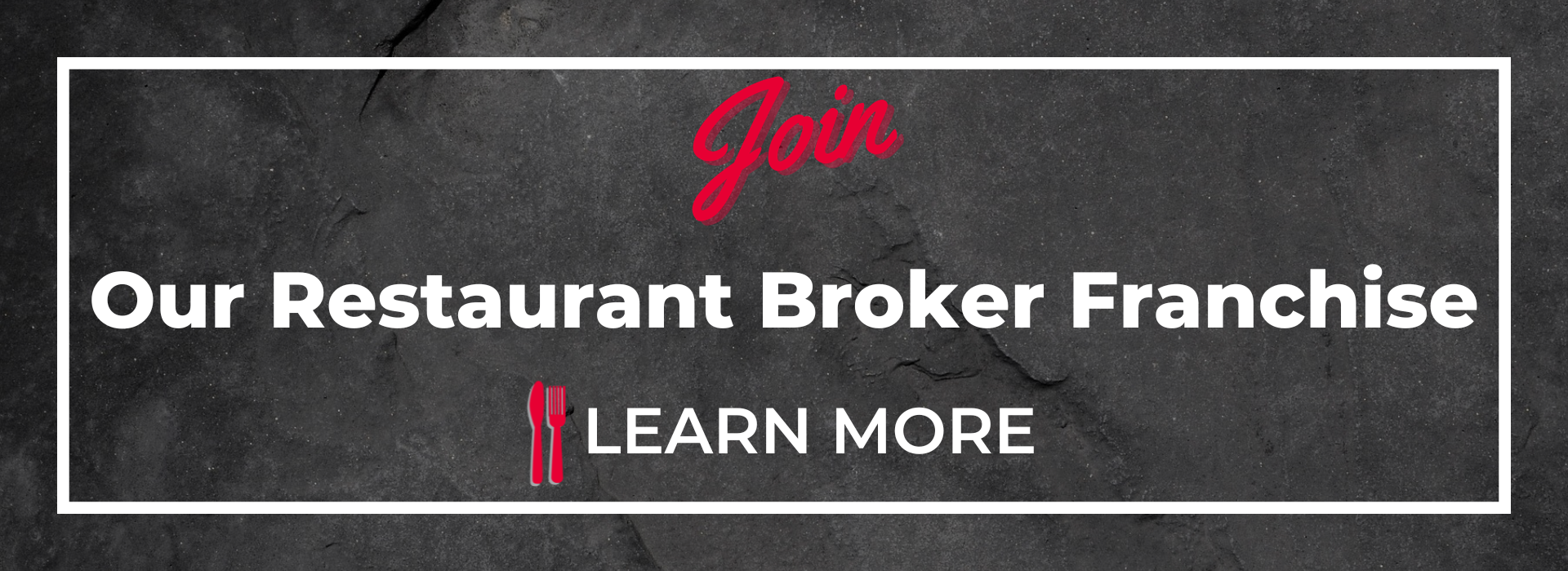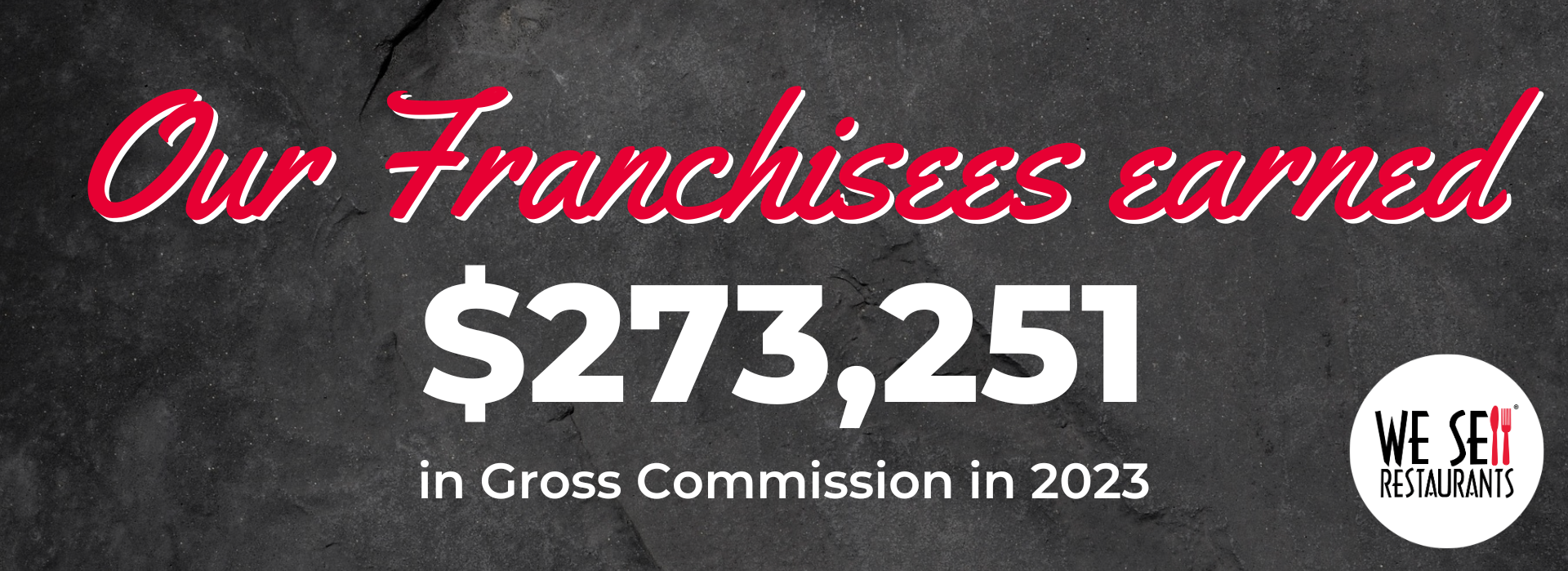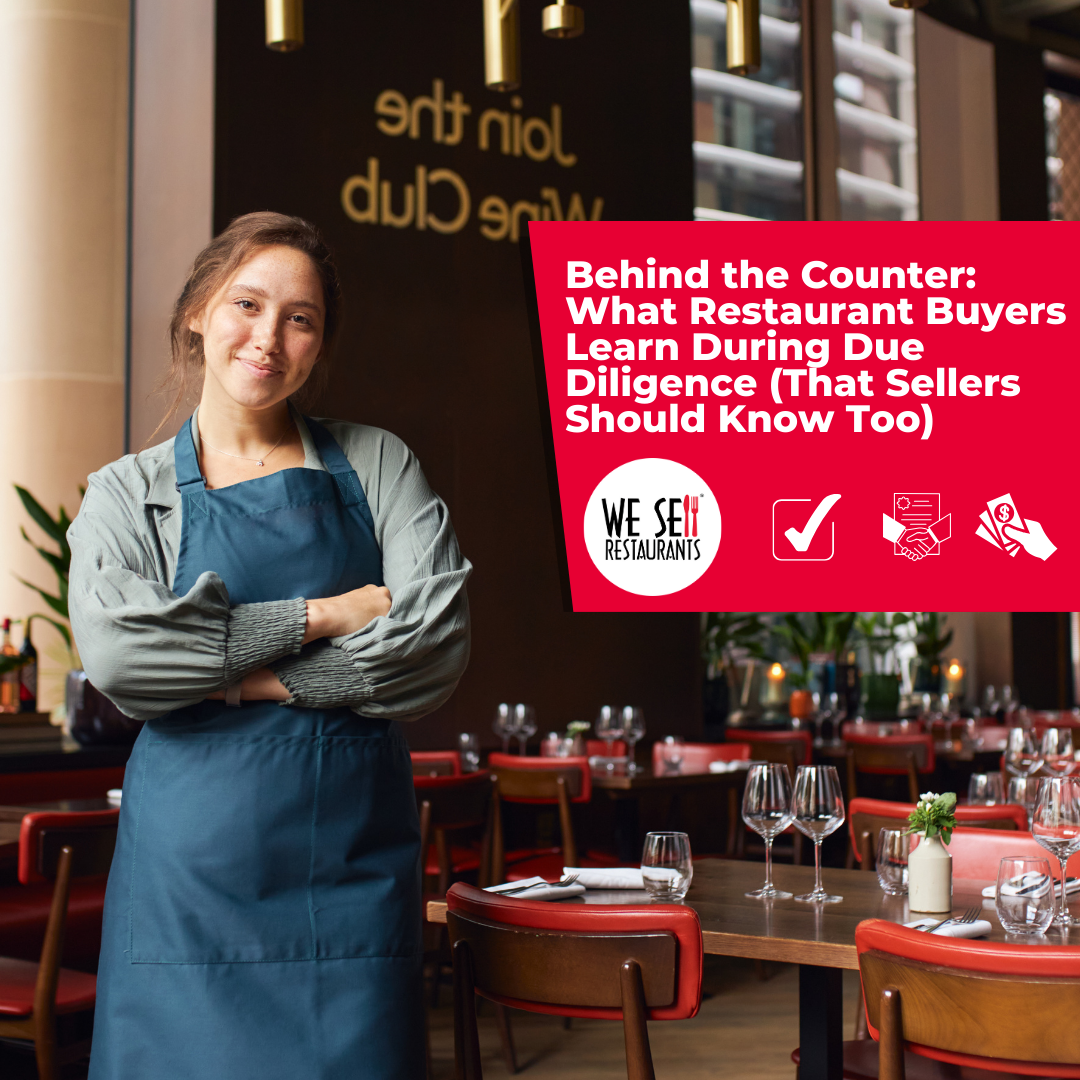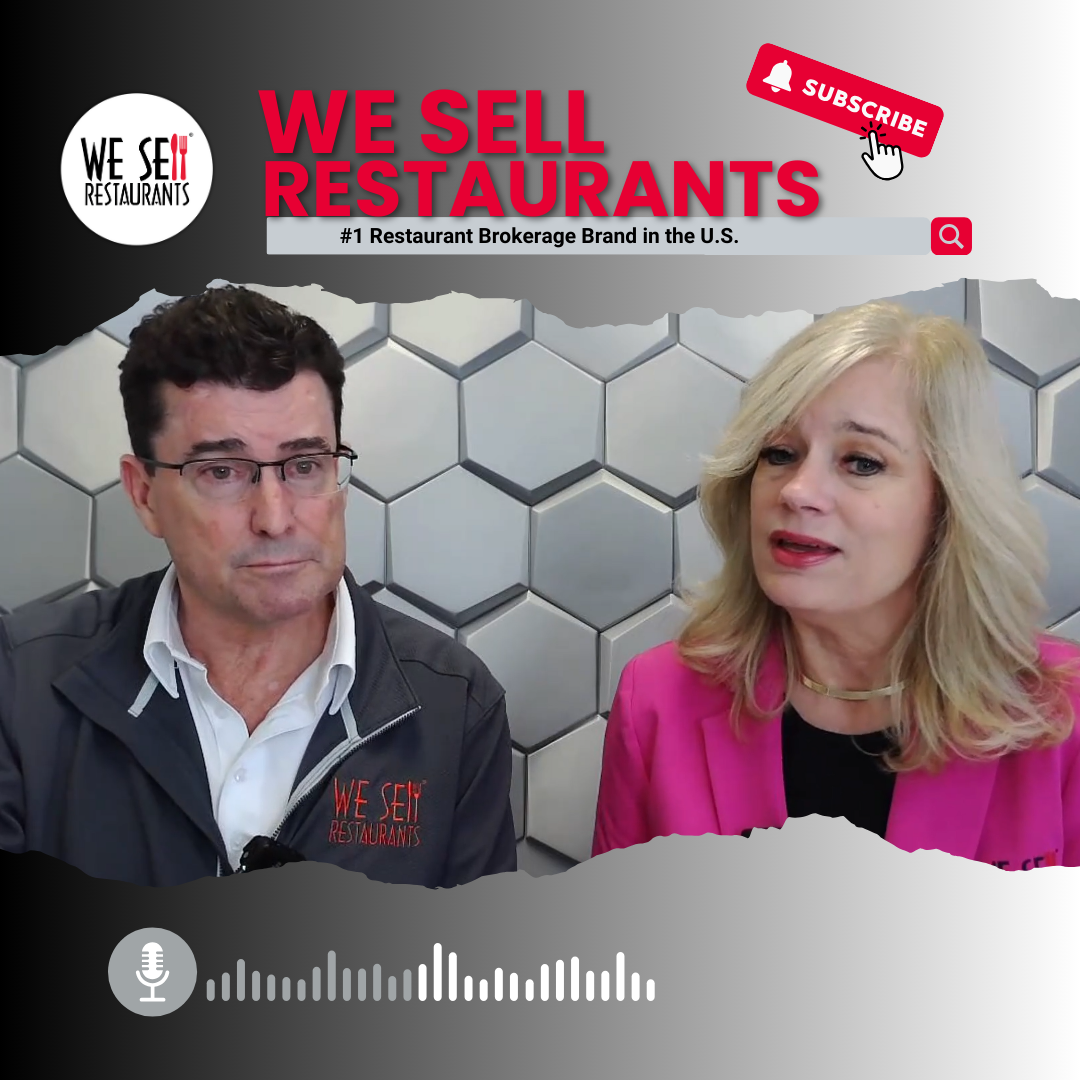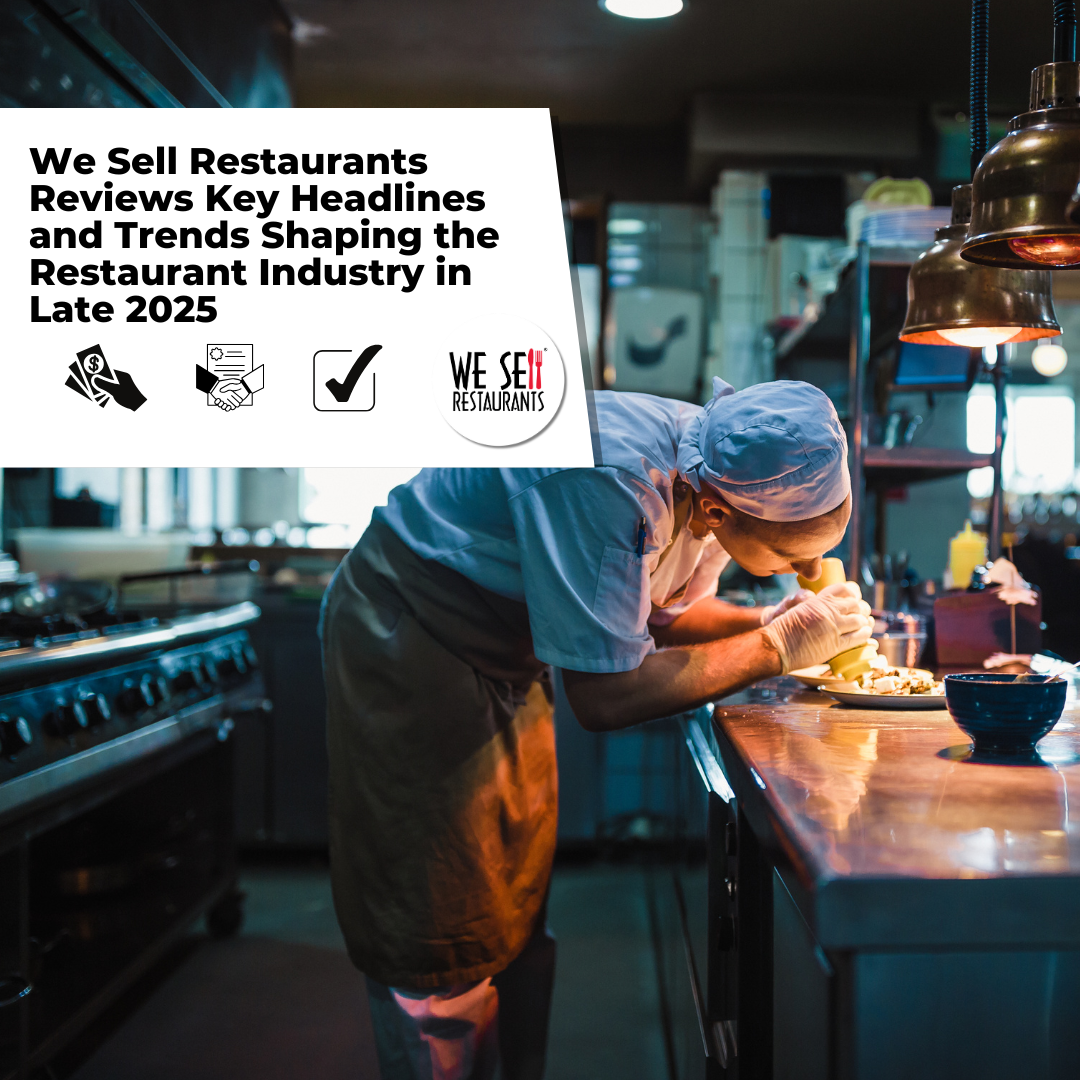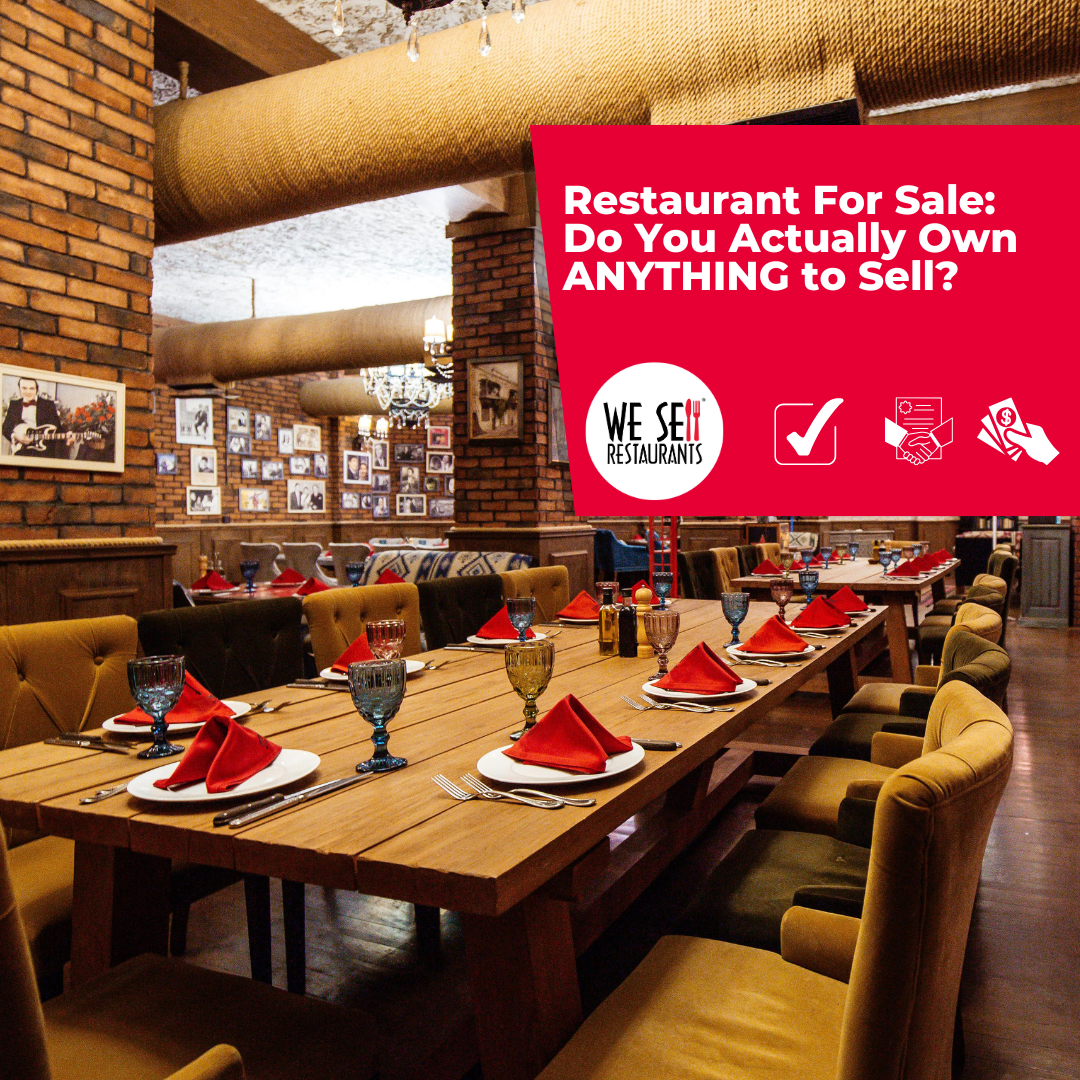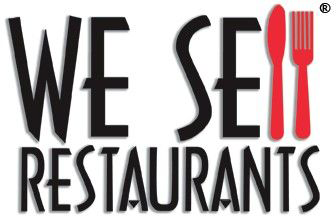The Small Business Administration (SBA) has announced key updates to its lending guidelines that will take effect on June 1, 2025, with the release of SBA SOP 50 10 8. While the full Standard Operating Procedure hasn’t been published yet, several confirmed changes will directly impact restaurant buyers, sellers, and brokers involved in business transfers using SBA financing.
If you’re planning a restaurant sale or acquisition in the next 12 months, it’s important to understand how these updates could affect deal structure, loan approval, and documentation requirements. This article from We Sell Restaurants spells out the full details, including ways you can prepare for the new regulations.
What Is SOP 50 10 8?
SOP 50 10 is government speak for how banks must do business in order to keep their SBA guaranty intact. That’s critical since the U.S. government, and thus the taxpayer is truly the underwriter in these restaurant sales. The SOP 50 10 is SBA’s governing document for 7(a) and 504 loan programs. These, in turn are the most common types of financing used in restaurant sales. The SOP lays out the rules lenders and borrowers must follow, and it’s updated every few years to reflect new policy direction, regulatory guidance, and economic realities.
The upcoming version officially takes effect on June 1, 2025. Though the full document hasn’t yet been published, the SBA has already shared certain key elements that will impact business acquisition loans, especially those involving changes in ownership like the SBA 7(a) and the 504 loan programs. Let’s being with an overview of both programs.
SBA 7(a) Loan Program
The 7(a) loan is the most popular and flexible loan program for buying a restaurant. It can include funding to not only acquire the business, but also includes money for working capital, equipment purchases, refinancing debt, and even leasehold improvements. That makes is ideal for restaurant buyers. .
Key Features when Using an SBA 7(a) Loan for Restaurant Purchases:
- Loan Amounts: Up to $5 million
- Terms: Up to 10 years for business acquisition or equipment; up to 25 years if real estate is included
- Down Payment: Typically 10% to 20%
- Interest Rates: Variable or fixed, based on the prime rate plus a margin
- Collateral: Often required, but may be flexible for deals under $500,000
- Use of Funds: Business acquisition, partner buyouts, franchise purchases, working capital, tenant improvements, equipment purchases
Why It is Used for Restaurant Sales:
The 7(a) loan is well-suited for buying an existing restaurant because it covers goodwill (the intangible value of the business) as well as tangible assets like furniture, fixtures, and equipment (FF&E). It’s the go-to choice when purchasing a restaurant without real estate and We Sell Restaurants works with multiple partners that are preferred lenders, doing their own underwriting with the SBA that specialize in restaurant loans. .
SBA 504 Loan Program
The 504 loan is geared more toward restaurant real estate acquisitions and large fixed asset purchases. It’s less common for restaurant-only purchases but very useful when a buyer is purchasing both a restaurant business and the real estate. This is more common than you may think, especially with larger, independent restaurants, large steakhouses, local traditional restaurants versus quick casual or franchise concepts.
Key Features when Using an SBA 504 Loan for Restaurant Acquisitions:
- Loan Amounts: The SBA lending portion is typically capped at $5 million
- Terms: 10, 20, or 25 years
- Down Payment: Typically 10% (higher for specialized properties or startups)
- Interest Rates: Fixed, typically below market rates
- Collateral: Primarily the real estate or fixed assets being financed
- Use of Funds: Real estate purchase, construction, major equipment, and facility improvements
Loan Structure:
- 50% from a private lender (bank or credit union)
- 40% from a Certified Development Company (CDC) backed by the SBA
- 10% equity injection from the borrower
Why It's Used for Restaurants:
The 504 loan is a strong fit when a buyer is purchasing a standalone restaurant property (not just leasing a space). It offers long-term fixed rates and can lock in favorable terms compared to conventional commercial real estate financing.
Why these Changes are Occurring
During the pandemic, as Congress was working to assist struggling entrepreneurs, the Small Business Administration agreed to change certain requirements for SBA lending. It is now five years later and many of the elements described in this article are simply returning to business as usual, prior to 2020. Here’s a recap of the major changes, why it matters, and what to do now if you are buying or selling a restaurant.
- Tax Transcript Verification Returns
What’s Changing:
Lenders will once again be required to verify a seller’s IRS tax transcripts during the underwriting process.
Why It Matters:
This requirement was previously suspended based on the COVID period but is now reinstated. This affects sellers who have not filed tax returns, or have significant changes between their returns and interim financials. This can be problematic and may even delay or derail a deal.
What to Do Now:
Restaurant sellers should be certain their federal tax return filings are up to date and match their Profit & Loss statements. Certified Restaurant Brokers will be requesting documentation early, at the point of listing the business, to prevent delays at closing.
- Hazard Insurance Requirement for Loans Over $50,000
What’s Changing:
Hazard insurance will now be required for all SBA loans exceeding $50,000.
Why It Matters:
Though a requirement for insurance is common in real estate-backed loans, this now applies to asset purchases as well. This can include restaurant purchases since most are asset-only acquisition. This protects the lender on the property being acquired and the bank is protected against damage, fire or loss.
What to Do Now:
Buyers should start the insurance application process early, especially when purchasing standalone restaurants or leased spaces with high-value buildouts. Proof of coverage will be needed prior to the release of funds to the buyer.
- Minimum Life Insurance Requirement Reinstated
What’s Changing:
In perhaps the worst of the changes, the SBA is reinstating a requirement that borrowers secure life insurance policies for key owners or guarantors. For Restaurant Brokers, this life insurance requirement was typically the one that took the longest to secure. Even for buyers with pre-existing policies, the language to cover the SBA is never “quite right” and results in deal delays.
Why It Matters:
This is again, additional protection for the lender. In the unexpected death of a key individual, they will be repaid. However, as previously mentioned, it adds a step to the loan process that can drag out if not handled proactively.
What to Do Now:
Buyers should obtain life insurance quotes as soon as they go under contract. Certified Restaurant Brokers can assist with resources and help by educating clients and referring insurance professionals early in the process.
- New Rules for Partial Change of Ownership
What’s Changing:
In deals where a seller retains a partial stake in the business, they will now be required to sign a limited guarantee of the full loan amount for a minimum of two years, regardless of the ownership percentage retained.
Why It Matters:
This is a significant shift. It increases the seller’s post-sale exposure as he is agreeing to be bound by the loan after he has left the business behind. This could discourage partial exit strategies especially for those seeking to stay involved as minority partners.
What to Do Now:
Sellers considering a partial sale should speak with their advisors, including their attorney, about the implications of this new requirement. Buyers and brokers may need to reconsider full buyouts to simplify compliance and financing.
- Clarification on Seller Notes as Equity Injection
What’s Changing:
A longtime benefit of seller financing was that it would count toward the buyer’s equity injection but the rules are changing.
- The seller note must be on full standby for the entire life of the loan. That means the seller cannot receive a payment for the ten-year term of the loan. Many sellers will not want to wait this out.
- The new rules state it can be for no more than 50% of the total required injection. That means that if the buyer needs to put down 20%, it cannot be more than 10% of the total purchase price. Thus, deals with very low buyer equity will go away.
Why It Matters:
This will certainly tighten flexibility around seller financing. Deals that previously relied heavily on seller notes for down payments may no longer qualify unless structured carefully.
What to Do Now:
Buyers should plan for stronger cash injections or partner contributions. Certified Restaurant Brokers will be working with lenders early to ensure deal terms meet the new guidelines.
How Buyers, Sellers, and Brokers Should Prepare
The return of more traditional SBA underwriting standards means more due diligence and a lot more opportunity for delays. At the same time, those of us in the business for many years, will recognize much of this as a return to life before COVID.
Restaurant buyers, sellers and brokers that want to stay ahead should follow these recommendations:
For Restaurant Buyers:
- Get prequalified with lenders familiar with SBA restaurant deals
- Plan for insurance and life insurance requirements early
- Review your equity injection strategy and avoid overreliance on seller notes
For Restaurant Sellers:
- File all tax returns and keep financials clean and up to date.
- Understand the risk of remaining on the note if you are considering a partial sale
- Have early conversations about standby terms if you are offering seller financing
Certified Restaurant Brokers will be:
- Educating clients on the changes and how they impact deal structure
- Requesting key documentation earlier in the transaction timeline
- Coordinating with restaurant specialist and SBA-preferred lenders to align expectations
What’s Next?
While this preview gives us insight into the June 2025 changes, the full SBA SOP 50 10 8 is expected to provide further detail on additional requirements and process updates. Once released, We Sell Restaurants will continue to share the details, including a full breakdown of the new SOP, along with practical takeaways for restaurant buyers and sellers.
Final Thoughts
SBA financing remains one of the most accessible and affordable tools for buying a restaurant. . But with the upcoming SOP 50 10 8 changes, preparation is more important than ever. Working with a Certified Restaurant Broker ensures your deal is structured correctly from day one, to avoid any surprises during underwriting.
At We Sell Restaurants, we stay ahead of these regulatory changes so our clients don’t have to. If you're considering a restaurant sale or purchase, let's discuss how these changes may affect your next transaction.
Ready to make your next move?
Contact a Certified Restaurant Broker or visit WeSellRestaurants.com to get started.
Visit our lending resources page for a restaurant loan specialist.
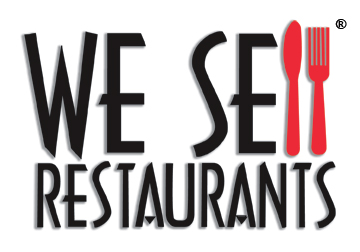
 404-800-6700
404-800-6700
